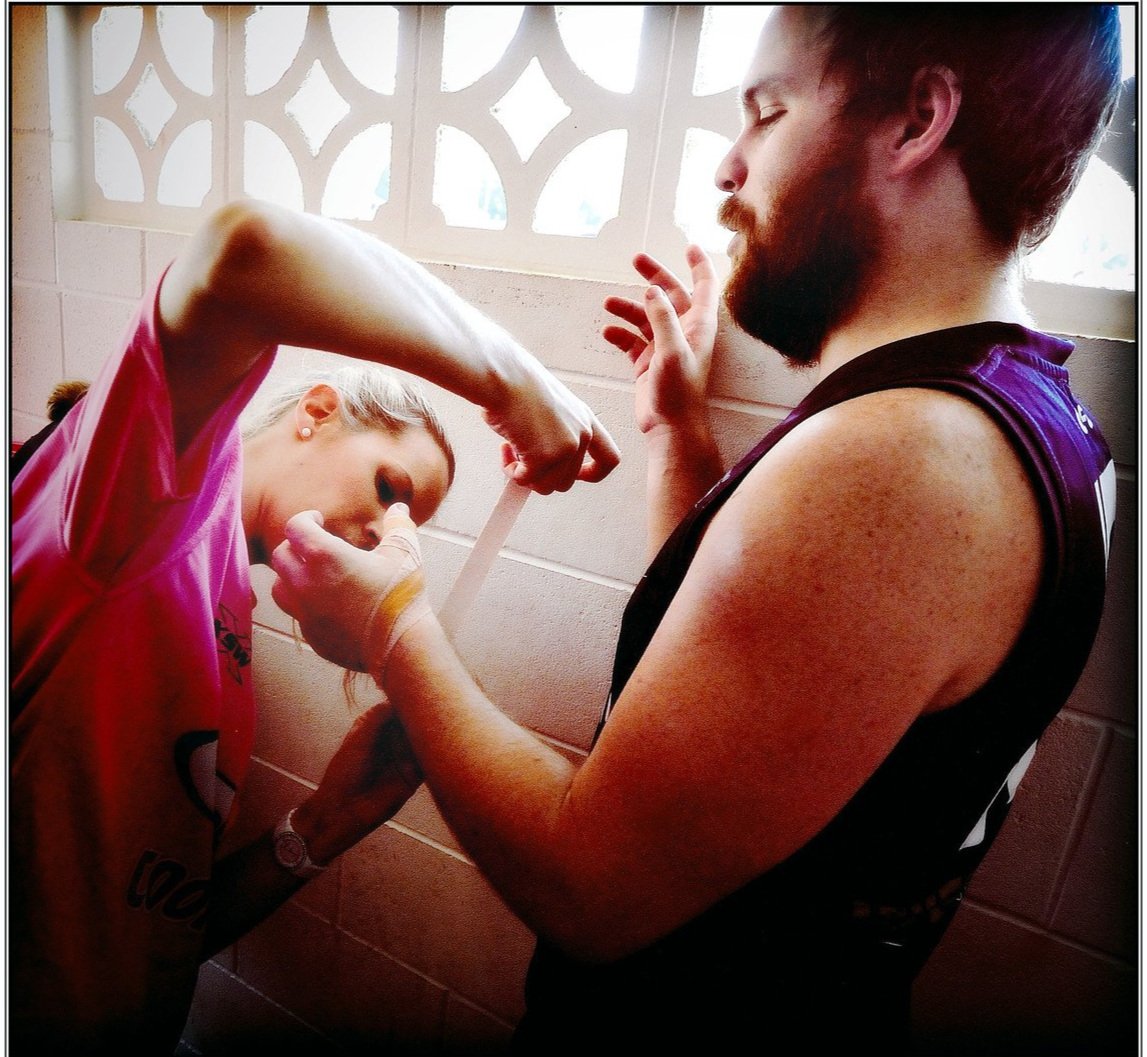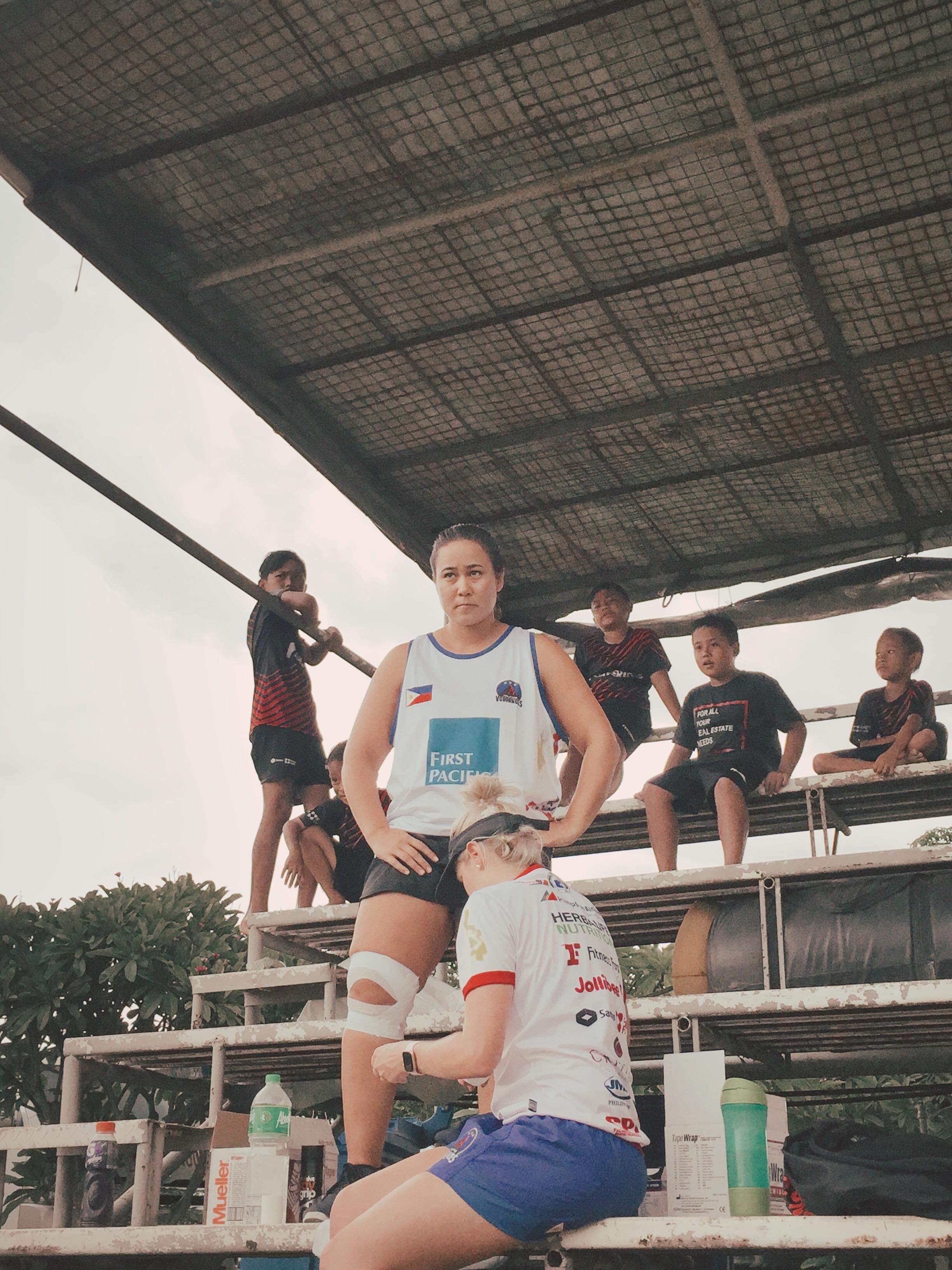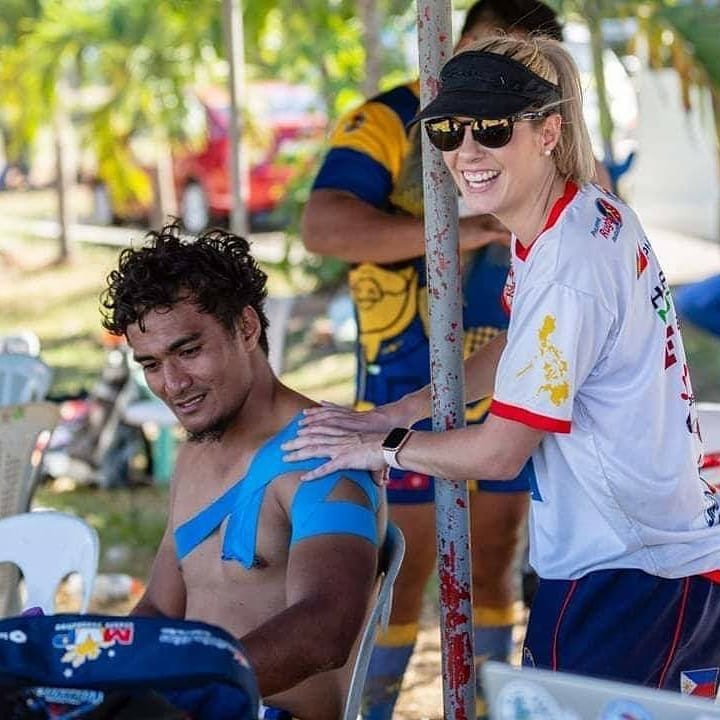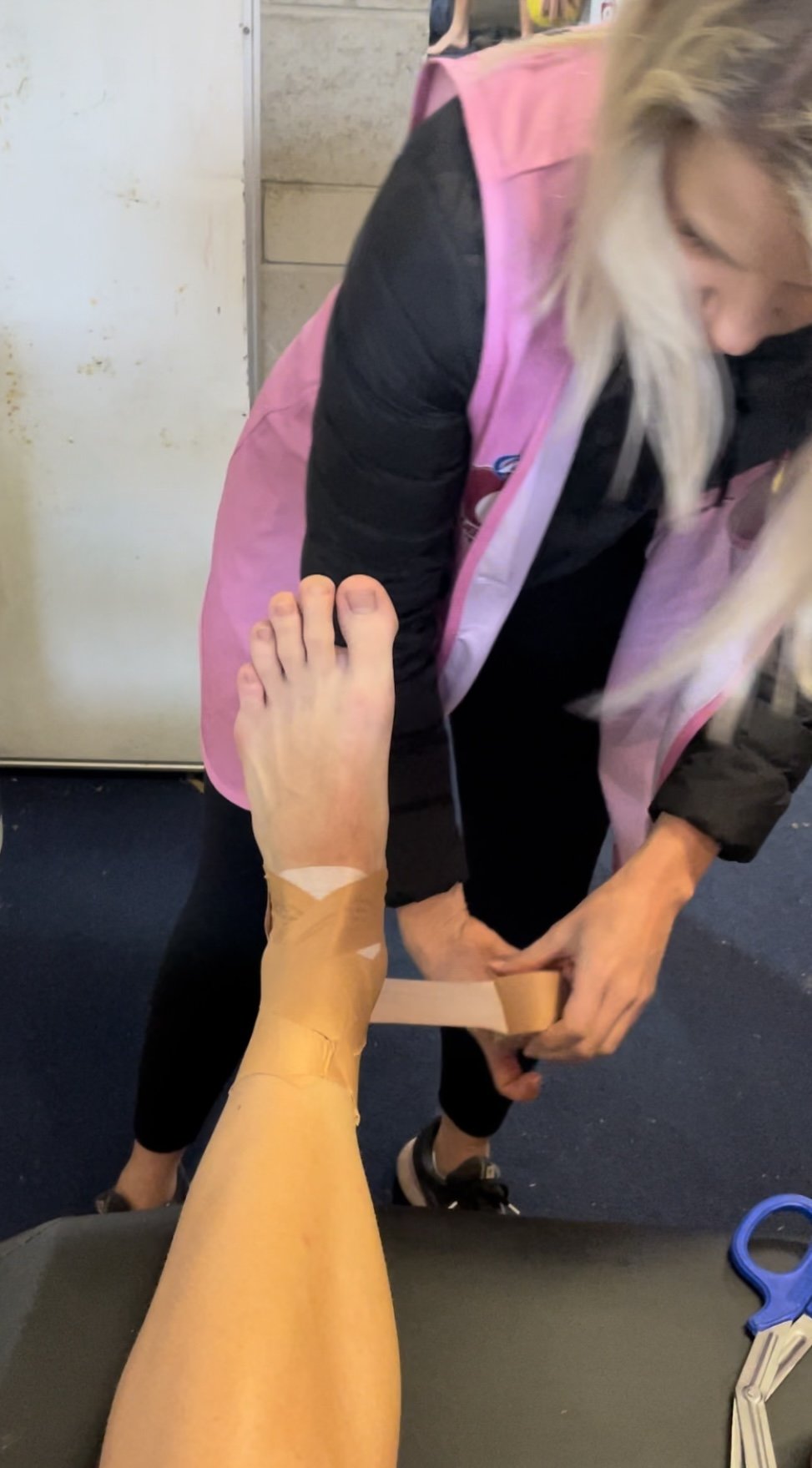Sports Strapping / Taping
Some musculoskeletal conditions like ankle sprains, twisted knee injuries and shoulder pain require sports tape to add stability to the joint while recovering. Sports taping or strapping acts to help hold the structures in place and offer some pain relief in the process.
Strapping for Sports & General Injuries
As a sports Physiotherapist, I have taped a lot of players and athletes in my time. While tape doesn’t fix everything, it can definitely help a person feel more confident whether they are returning from an acute injury or when they are in the later stages of their rehab. I combine strapping joints with a variety of other treatments for optimum recovery.
FAQ’s about Strapping/Taping
-
Strapping is a temporary tool used to give a person more confidence while they are recovering. Once an injury is healed and you have worked on your strength, I generally advise clients do not continue using tape to support the joint. It is far more effective to build strength and resilience in the tissues than to rely on an external piece of tape 3 months after injury.
-
I generally recommend people keep the tape on for at least 1-2 days. If your skin becomes irritated with a rash, redness, feels hot or itchy, you may remove the tape sooner. Taping is aimed to reduce pain, not induce discomfort or irritate the skin so remove the tape if you feel it is not helping.
-
You may shower with the tape on and pat dry with a towel and the rest will dry on it’s own. The tape will generally become less effective once wet, so avoid water if possible or reapply the tape after water use.
Remove the tape immediately if you have any signs of skin irritation. -
Some research suggests the tape loses its effectiveness ten minutes into a game while this is dependent on the sport and activity. For acute injuries, like an ankle sprain, the tape can stabilise the joint for up to 2-3 days depending on exposure to water and sweat.



